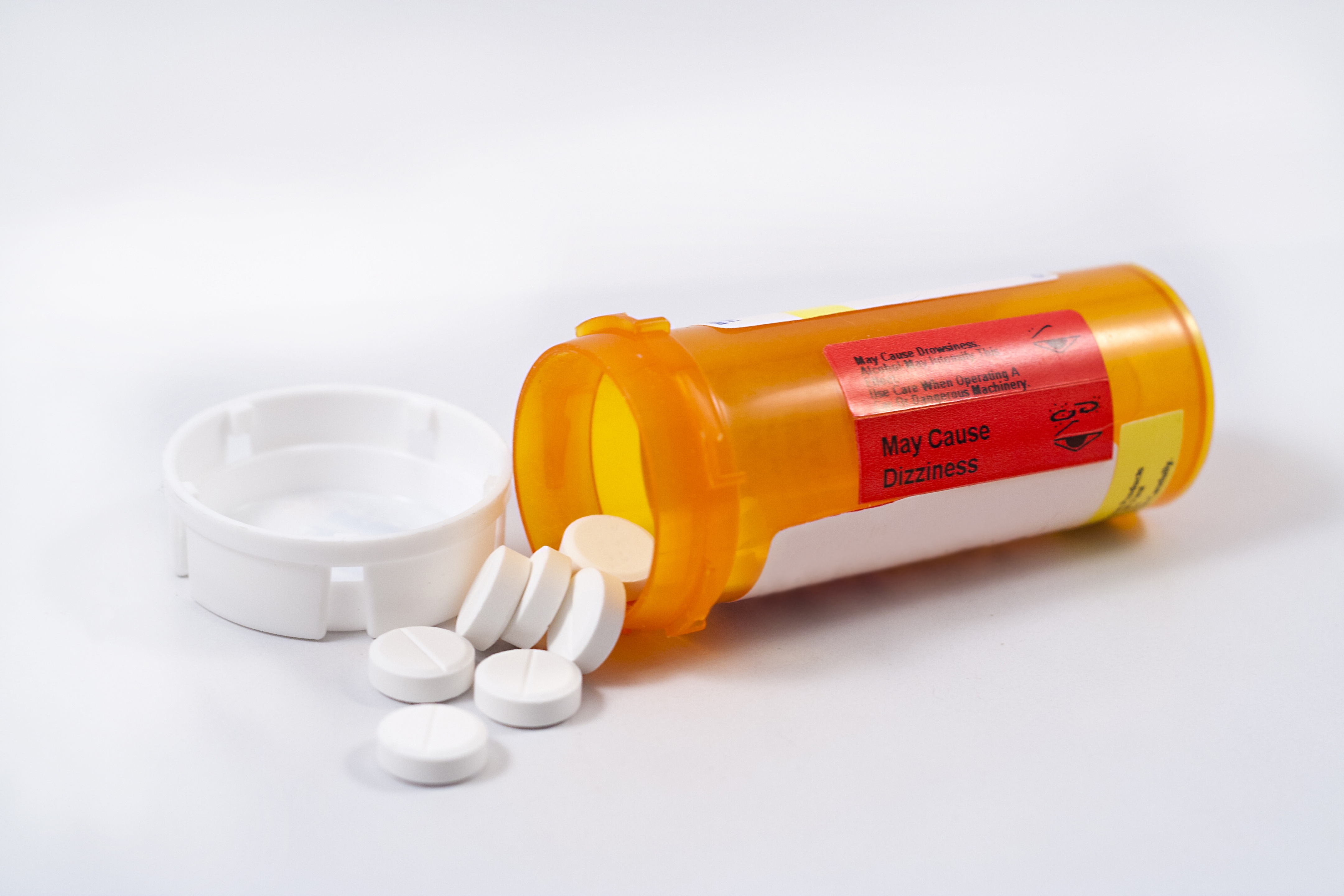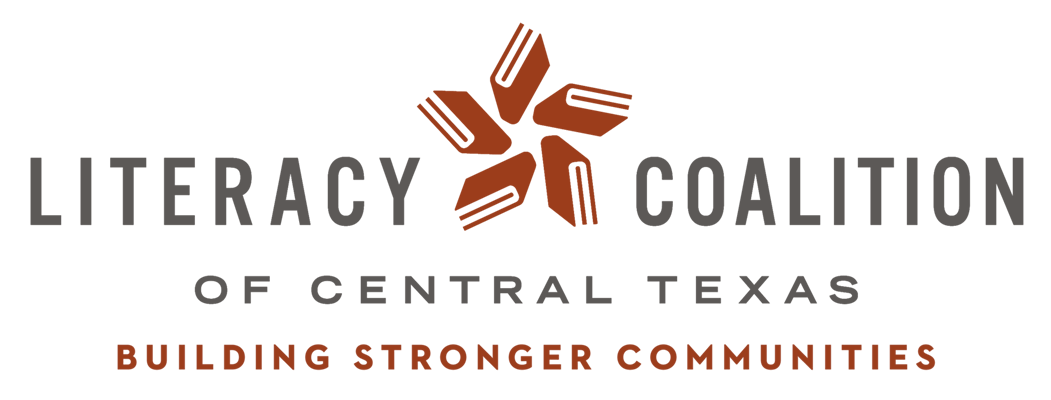 Did you know that most medical information is written at a 10th grade level or higher? And that most medical information communicated verbally is at the 8th grade level or higher?
Did you know that most medical information is written at a 10th grade level or higher? And that most medical information communicated verbally is at the 8th grade level or higher?
You can imagine what this means for your students and others with low literacy in English.
A common issue that immigrants and low literate populations often face is navigating the health care system and taking care of themselves. These people frequently lack the knowledge and English language ability necessary to understand instructions and advice from medical professionals. This can result in unnecessarily prolonged illnesses or readmission to hospitals due to inadequate self-care.
Infusing health literacy into the ESL classroom is an important and controversial topic. It is important because a significant overlap exists between the ESL/immigrant population and those who lack the knowledge to understand health care and the health care system. It is controversial because teaching health literacy, if not contextualized properly, blurs the line between teaching the language necessary to understand healthcare and offering medical advice.
A great example is the video that we show during the English Forward training to demonstrate the Lesson Flow. The video is a demonstration of English Forward lesson 4.3 Symptoms and Medications. In the video, Karen Green, one of our Master Trainers, comes up with several symptoms or medical issues and possible suggestions for people with those symptoms. We provide a verbal disclaimer every time we show the video because we have had participants in the past take issue with the idea of an instructor offering medical advice.
Recently, the Literacy Information and Communication System (LINCS) held an online discussion to discuss the article “ESL as Mechanism for Advancing Health Literacy”. This recently published article describes a study in which ESL classrooms infused health literacy information related to diabetes prevention into the existing curricula the ESL classes were already using. They looked, specifically, at health outcomes related to diabetes and the influence that the health literacy content had on these outcomes.
Click here to read the discussion on LINCS
I would also like to suggest that you learn more about health literacy and its importance. This is just a very basic introduction to a very large topic. Here’s a link to the Health Literacy Group on LINCS.
Beyond using Unit 4 of English Forward, how do you infuse Health Literacy into your classroom? Let us know in the comments below!
